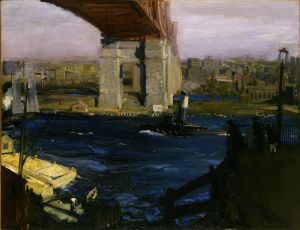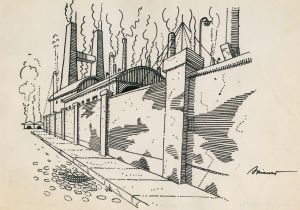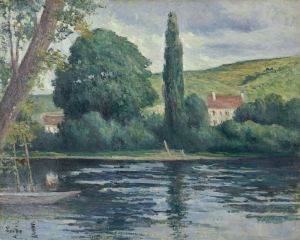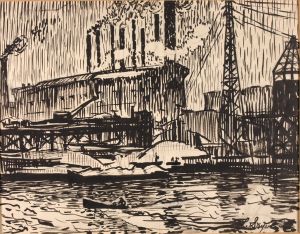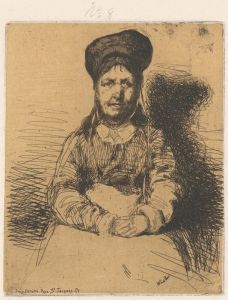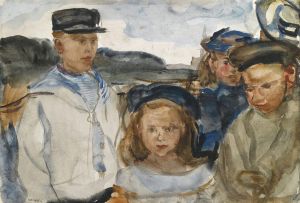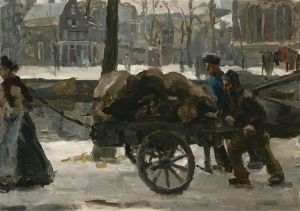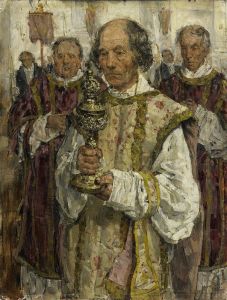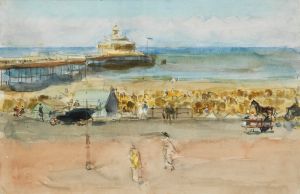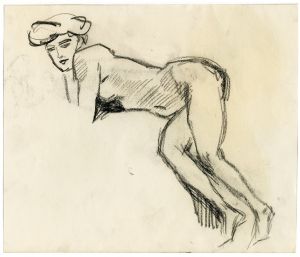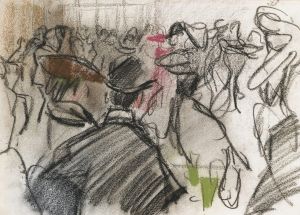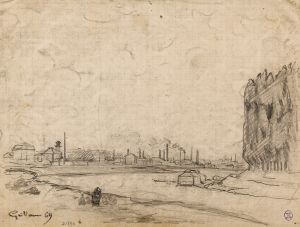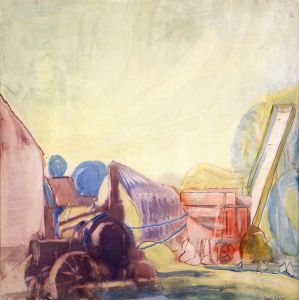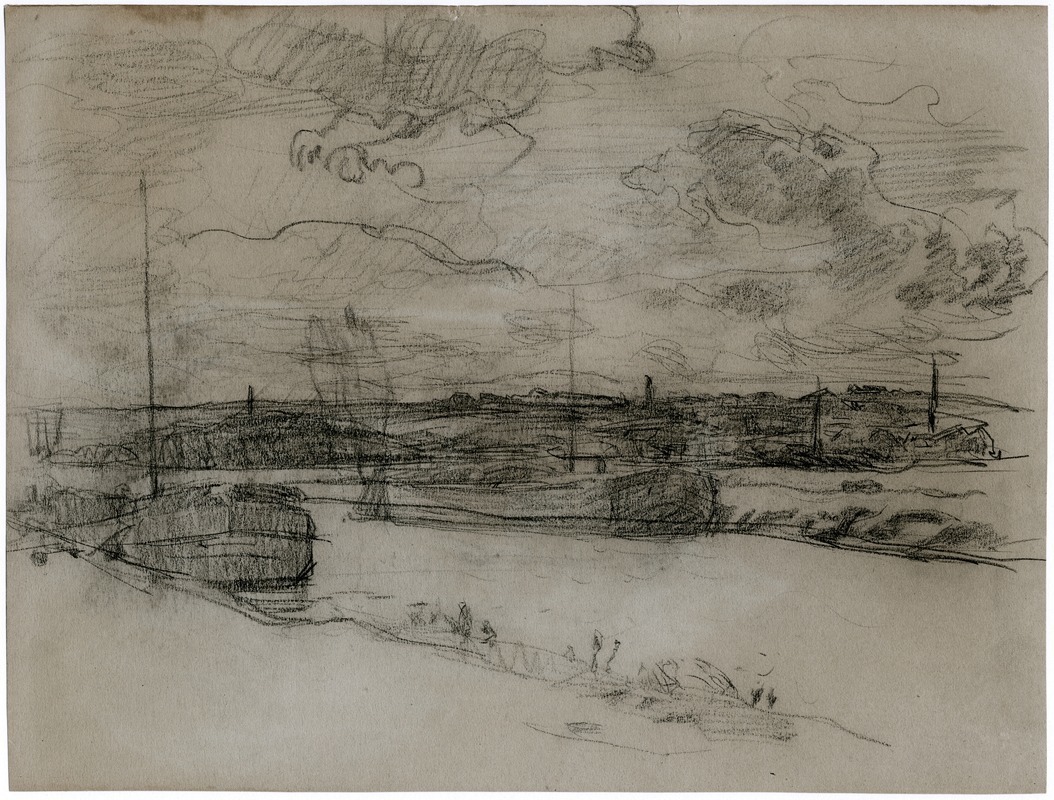
Kanaal met aan de oever fabrieksterrein
A hand-painted replica of Isaac Israëls’s masterpiece Kanaal met aan de oever fabrieksterrein, meticulously crafted by professional artists to capture the true essence of the original. Each piece is created with museum-quality canvas and rare mineral pigments, carefully painted by experienced artists with delicate brushstrokes and rich, layered colors to perfectly recreate the texture of the original artwork. Unlike machine-printed reproductions, this hand-painted version brings the painting to life, infused with the artist’s emotions and skill in every stroke. Whether for personal collection or home decoration, it instantly elevates the artistic atmosphere of any space.
Isaac Israëls, a prominent figure in the Dutch Impressionist movement, is known for his vibrant and dynamic paintings that capture the essence of everyday life. One of his works, "Kanaal met aan de oever fabrieksterrein," reflects his keen interest in urban and industrial scenes, a subject that was gaining popularity among artists during the late 19th and early 20th centuries.
Isaac Israëls was born in Amsterdam in 1865, the son of the famous painter Jozef Israëls. Growing up in an artistic environment, he was exposed to art from a young age and began his formal training at the Royal Academy of Art in The Hague. However, he soon found the academic style too restrictive and was drawn to the more spontaneous and lively approach of Impressionism, which was characterized by its focus on light, color, and everyday subjects.
"Kanaal met aan de oever fabrieksterrein" translates to "Canal with Factory Site on the Bank," and it exemplifies Israëls' fascination with the industrial landscape. The painting depicts a canal, a common feature in the Dutch landscape, with a factory site on its bank. This setting reflects the industrial growth that was occurring in the Netherlands during Israëls' lifetime, as the country was undergoing significant economic and technological changes.
In this work, Israëls employs loose brushwork and a vibrant palette, capturing the interplay of light and shadow on the water and the industrial structures. The painting conveys a sense of movement and activity, typical of Israëls' style, which often focused on the bustling life of cities and the people within them. His ability to capture the transient effects of light and atmosphere is a hallmark of his work and aligns with the broader Impressionist movement, which sought to depict the fleeting moments of modern life.
Israëls' interest in urban and industrial themes was part of a larger trend among artists of his time, who were increasingly drawn to the modern city as a subject. The industrial revolution had transformed cities across Europe, and artists were keen to explore the new landscapes and social dynamics that emerged as a result. Israëls, like many of his contemporaries, was fascinated by the contrast between the natural and the man-made, a theme that is evident in "Kanaal met aan de oever fabrieksterrein."
Throughout his career, Israëls traveled extensively, living in cities such as Paris and London, where he continued to develop his style and subject matter. His works are celebrated for their lively compositions and the way they capture the spirit of the age. "Kanaal met aan de oever fabrieksterrein" is a testament to his ability to find beauty and interest in the industrial scenes that were becoming an integral part of the modern world.
Isaac Israëls passed away in 1934, leaving behind a rich legacy of paintings that continue to be admired for their vitality and insight into the life of his time. His work remains an important part of the Dutch artistic heritage, and "Kanaal met aan de oever fabrieksterrein" is a fine example of his contribution to the Impressionist movement and his exploration of industrial themes.





